You might be shocked to discover a large number of objects in your home that can become breeding grounds for germs, filth, bacteria, and dust. When you consider unclean spots around your house, it’s natural that your bathroom might be the first thing that comes to mind. However, you would be astonished to learn that there are many hidden spots that are even more unhygienic. Take a look at these 25 Items That Are Unexpectedly Dirtier Than Your Toilet!

Ice
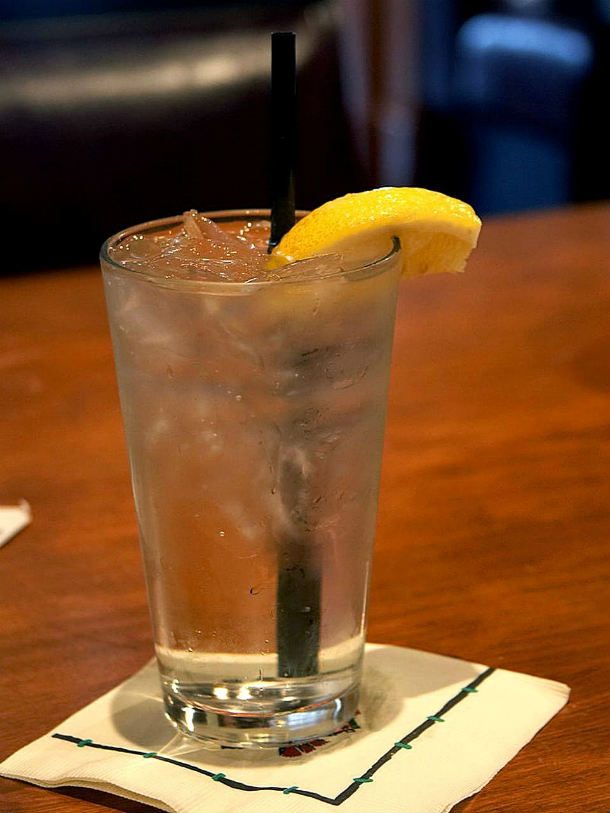 http://www.grubstreet.com/2013/06/ice-machines-bacteria-toilet-water.html
http://www.grubstreet.com/2013/06/ice-machines-bacteria-toilet-water.html A study of fast food restaurants in the US found that 70% of the ice served had more bacteria than the toilet water. This is because their ice machines aren’t cleaned, creating a breeding ground for E. coli. Not to mention, some servers just scoop up the ice with your cup instead of using the actual ice scoop. This just adds to the bacteria.
Restroom floors
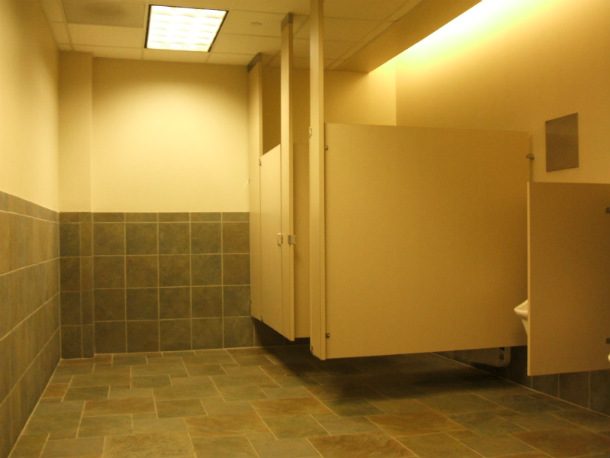
No real surprise here. Public restrooms have about 2 million bacteria per square inch. The average toilet seat has only 50 per square inch.
Office desks
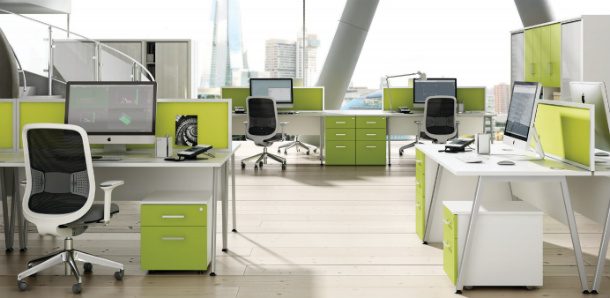 https://www.independent.co.uk/news/uk/home-news/average-desk-germs-toilet-seat-kitchen-keyboard-mouse-phone-a8237431.html
https://www.independent.co.uk/news/uk/home-news/average-desk-germs-toilet-seat-kitchen-keyboard-mouse-phone-a8237431.html The average desk has 400 times more bacteria than a toilet. That’s because it contains several of the materials highlighted on this list: your phone and keyboard along with your mouse, drinking mug, printer, etc.
Keyboards
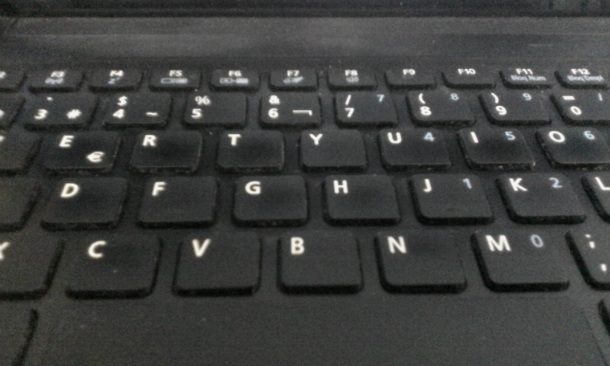 http://www.center4research.org/bacteria-computer-keyboards-toilet-seats/
http://www.center4research.org/bacteria-computer-keyboards-toilet-seats/ Keyboards can have up to 200 times more bacteria than a toilet seat, especially those being used by more than one person in a day. The bacteria can linger for hours or even days after contact.
Cellphones

Our mobile devices can have 10 times more bacteria than toilet seats…and they’re always touching our faces and fingertips. Would you wipe the inside of your toilet bowl with your cheek?
Restaurant menus
 https://food.ndtv.com/health/where-do-you-find-the-grubbiest-germs-in-restaurants-706059
https://food.ndtv.com/health/where-do-you-find-the-grubbiest-germs-in-restaurants-706059 There are on average 100 times more bacteria on restaurant menus than on restroom toilet seat. What’s worse is that they are touched by multiple people in a day between wait staff and customers who carry bacteria and viruses on their hands.
Chopping boards
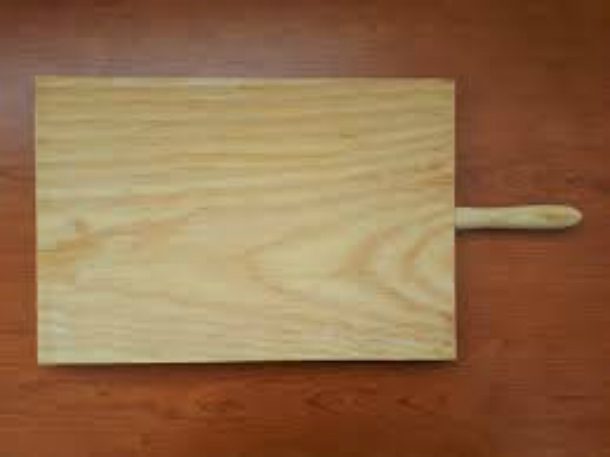
These babies actually have a lot more poop smeared on them than your toilet does. Raw meat apparently carries a very high level of fecal bacteria, and that meat usually ends up on a cutting board at some point.
Toothbrushes
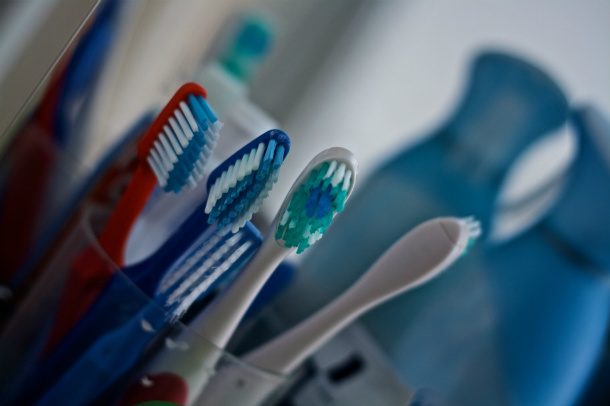
When you flush your toilet, the germs can travel up to 6 feet and linger for up to 2 hours. A lot of them end up on toothbrushes. So how is your toilet cleaner than your brush if that’s where the germs come from? Stick around to find out!
Carpets
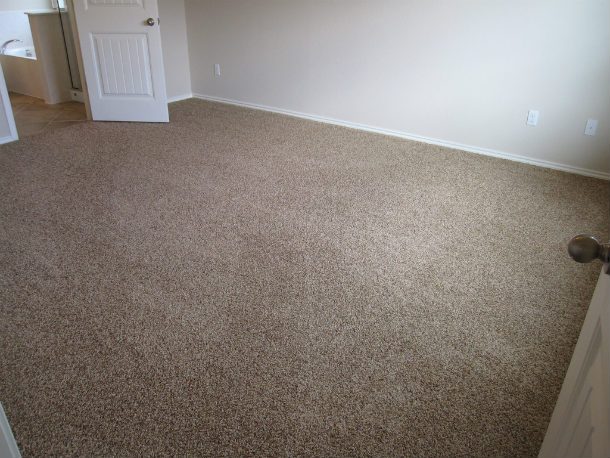
With 200,000 bacteria per square inch, carpets are 4,000 times dirtier than a toilet seat. Humans shed 1.5 million skin cells every hour which helps feed the bacteria living in carpets.
Refrigerator
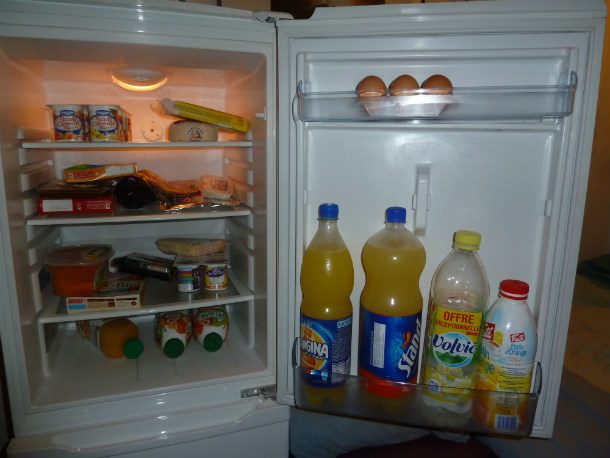 http://www.refrigeratorbacteria.com/
http://www.refrigeratorbacteria.com/ Ironically, the reason why we refrigerate food is to keep them from going bad, but in doing so, we can also be contaminating them with E. coli and other bacteria. Sometimes they are set too warm. Sometimes they are the victims of leaks from raw meats. Sometimes it’s because they just haven’t been cleaned regularly. Whatever the reason, fridges should be kept cold and clean to avoid contamination.
Reusable shopping bags
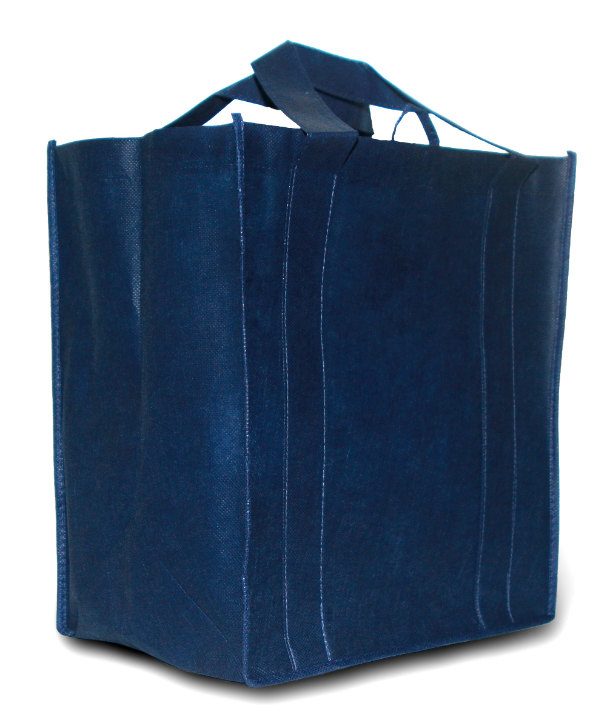 https://health.clevelandclinic.org/reusable-grocery-bags-and-bacteria-video/
https://health.clevelandclinic.org/reusable-grocery-bags-and-bacteria-video/ When you pack your groceries in a reusable shopping bag, you don’t realize that the bacteria from the meats and other raw food products are being left behind, including E. coli. They also tend to sit in cars, and when it’s warm out, the bacteria can multiply. Worst of all, they aren’t usually cleaned after use, so the germs just linger.
TV remote control
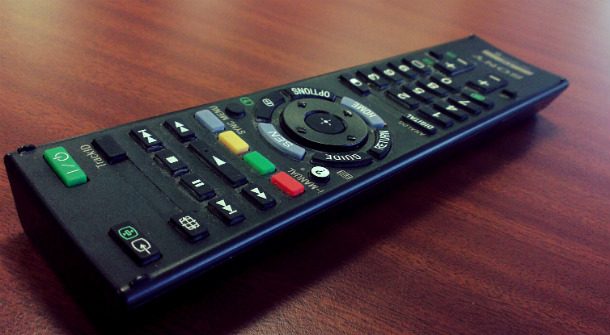 https://www.rd.com/home/cleaning-organizing/tv-remote-covered-germs/
https://www.rd.com/home/cleaning-organizing/tv-remote-covered-germs/ The remote control is known as the dirtiest item in hotel rooms, and it’s not much better at home. When a number of people are handling the buttons, sometimes while eating, sometimes while sick, all of the dirt and germs from that person’s hand ends up on the remote, which is rarely cleaned. You might want to think about taking a Clorox wipe to your remotes the next time you clean.
Door knobs
 https://www.cbsnews.com/news/one-germy-doorknob-can-infect-half-your-office-within-hours/
https://www.cbsnews.com/news/one-germy-doorknob-can-infect-half-your-office-within-hours/ There’s a reason why germophobes won’t touch door knobs and handles with their bare hands. Viruses love to linger on them, making them responsible for the spread of illness throughout homes and offices.
Light switch
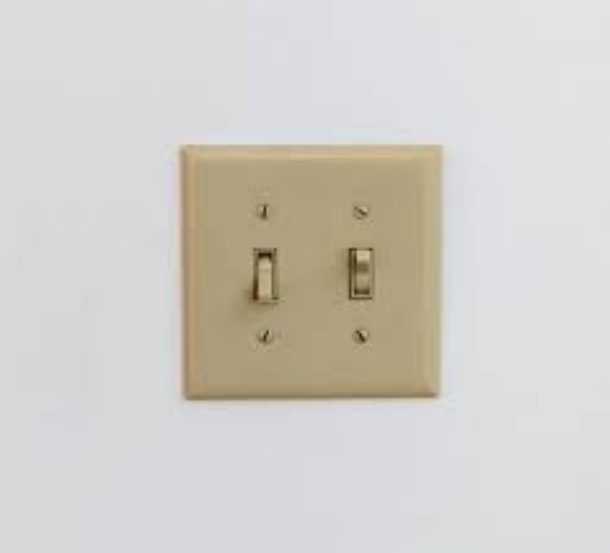
Light switches can have up to 217 bacteria per square inch. They are flipped on and off by hands that have touched a ton of dirty things before it. It’s a great way to catch germs from others using the same switch as they are hardly ever cleaned.
Kitchen sink
 https://www.today.com/food/5-germiest-places-your-kitchen-how-clean-them-t106971
https://www.today.com/food/5-germiest-places-your-kitchen-how-clean-them-t106971 The kitchen sink holds raw meat, dirty dishes, and germs from hands being cleaned in it. As a result, it holds more fecal bacteria than a flushed toilet. Experts recommend flushing it out after handling raw meat and wiping it down daily with disinfectant wipes.
Bathtub
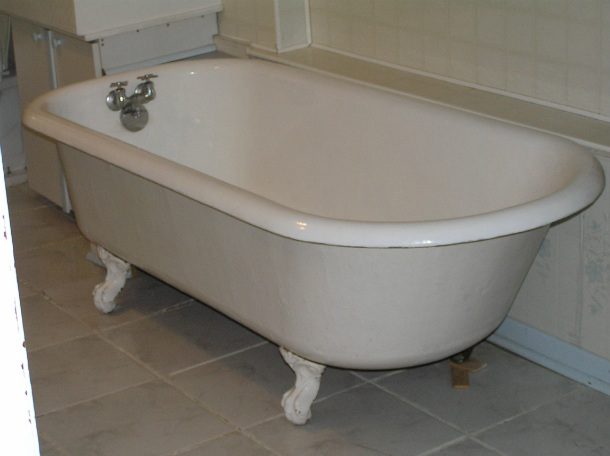
The area around the drain alone can have up to 19,468 bacteria per square inch. It seems counterproductive when you use the area to get clean.
Pillow
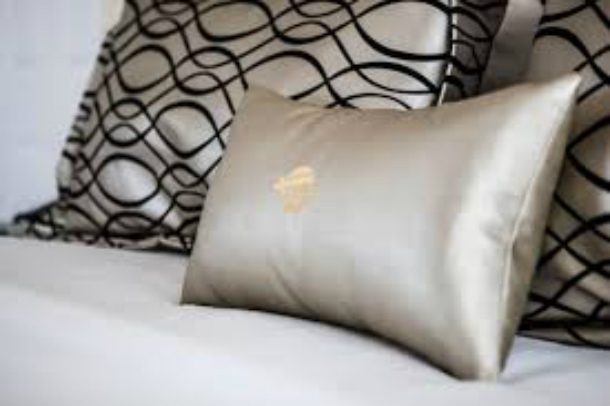
Dead skins cells, dust mites, fungal spores, pollen, and other body secretions are all floating around in the place you stick your head on at night. (Sweet dreams!)
Mattress
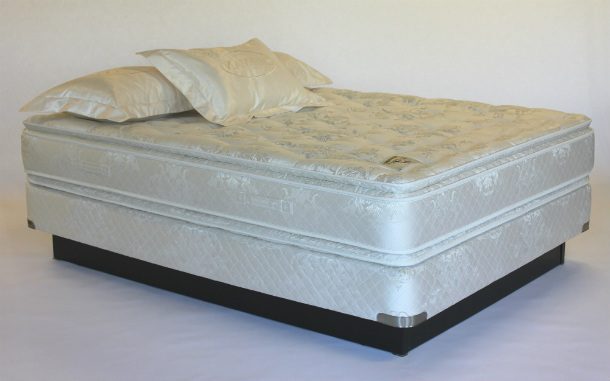
Mattresses are a huge dust collector. Did you know that after 10 years, your mattress will nearly double in weight thanks to the number of dust mites and dust mite poop that it has collected?
Pet food bowl
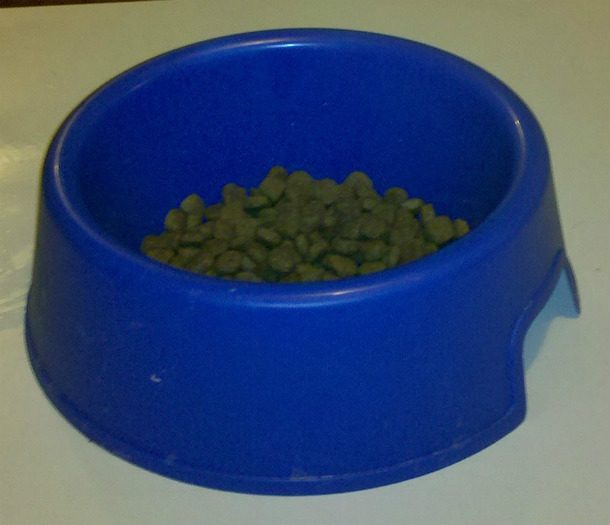 https://www.thedailymeal.com/healthy-eating/these-15-kitchen-items-are-dirtier-your-toilet-seat-slideshow/slide-4
https://www.thedailymeal.com/healthy-eating/these-15-kitchen-items-are-dirtier-your-toilet-seat-slideshow/slide-4 The inside rim alone contains 2,110 bacteria per square inch. You clean your plates after eating. Why not clean out your pet’s?
Money
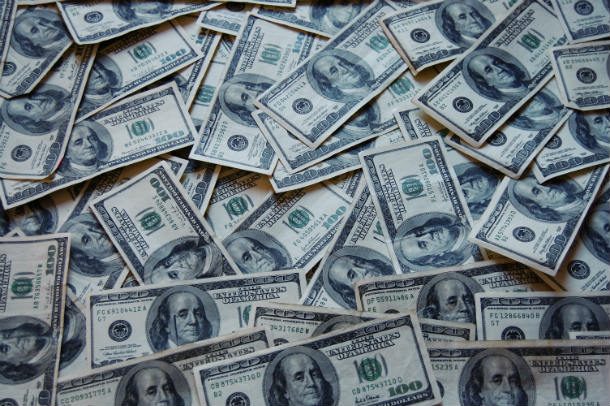 https://www.businessinsider.com/things-dirtier-than-your-toilet-seat-2015-5
https://www.businessinsider.com/things-dirtier-than-your-toilet-seat-2015-5 Bank notes can contain up to 200,000 bacteria. It’s a good idea to wash your hands directly after handling cash.
Draperies
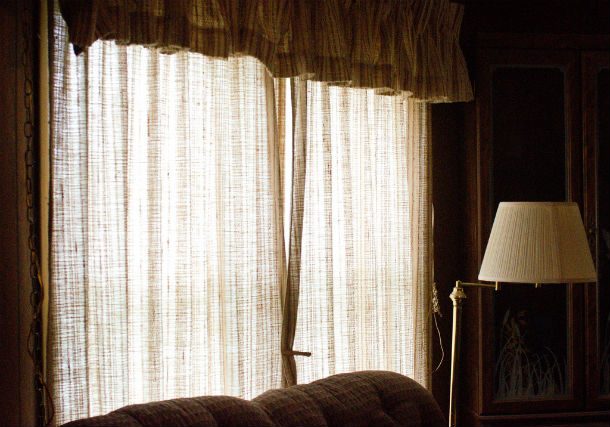
Magnets for pet fur, mold, dander, debris, and dust mites, drapes just sit there unsuspectingly soaking it all up. If you have allergies especially, be sure to wash your drapes every once in awhile.
Shower Heads

You’d think the water coming out of the spigot designed to clean your body would actually be clean, right? Apparently, the warm, dark, moist insides of shower heads are perfect breeding grounds for bacteria.
Purses and Handbags
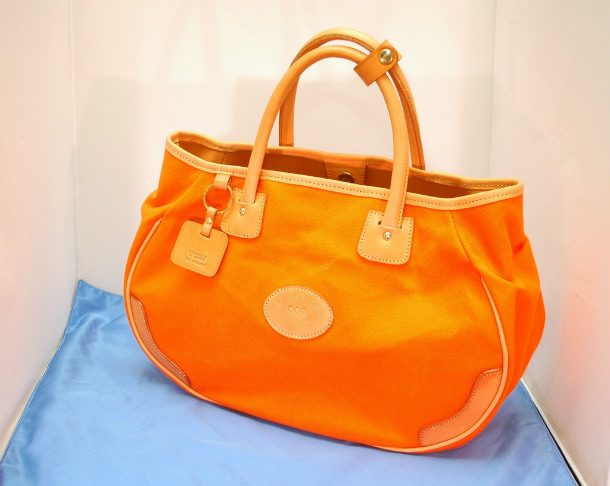
Purses usually contain a multitude of dirty items that you will find on this list, such as your phone, cash, and coins. It’s a good idea to clean out your bag regularly to keep the germs from accumulating.
Kitchen sponges
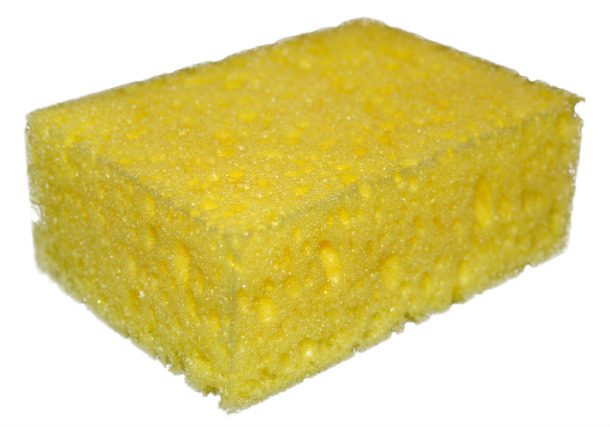
Sponges are notoriously the dirtiest thing in the house. With 10 million bacteria per square inch, your kitchen sponge is nearly a quarter of a million times dirtier than your toilet seat. Having absorbed the fecal matter of everything from humans to cows as well as a multitude of other much more terrifying bacteria, we would highly recommend that you change your sponge…like right now.
So how is the toilet so clean?
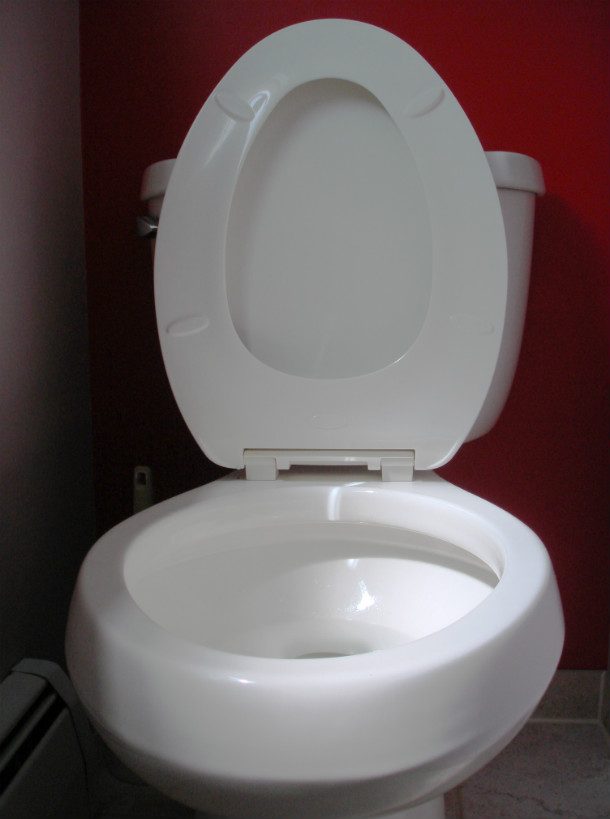
It’s pretty simple really…we actually clean the toilet. Because we generally think of the toilet as being dirty, we clean it with all sorts of chemicals. Things that we touch with other parts of our body, though, are cleaned rarely, if at all.



























